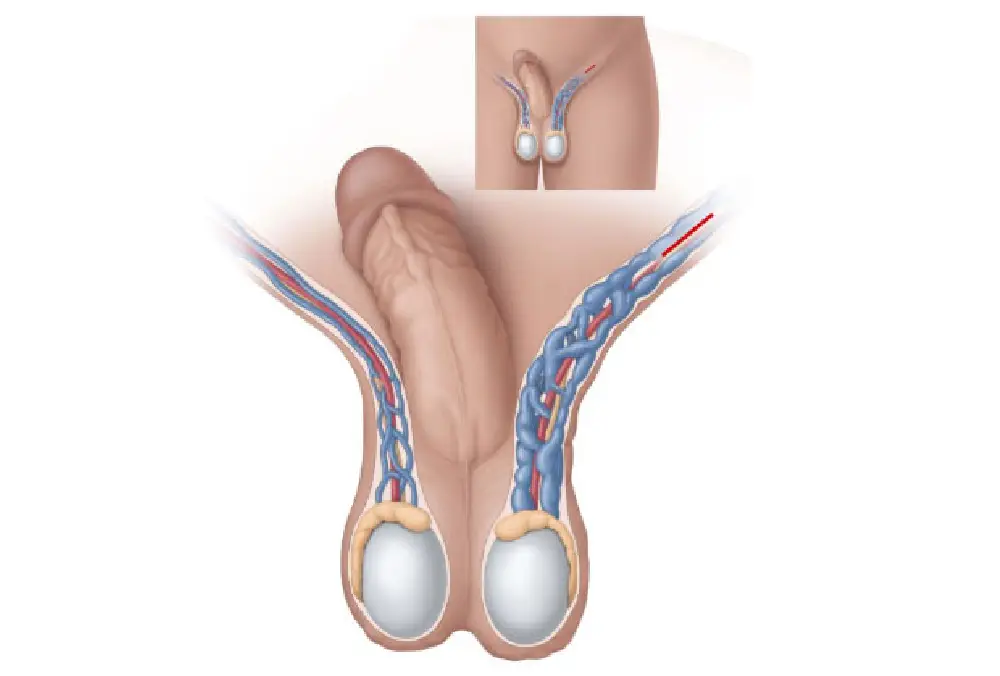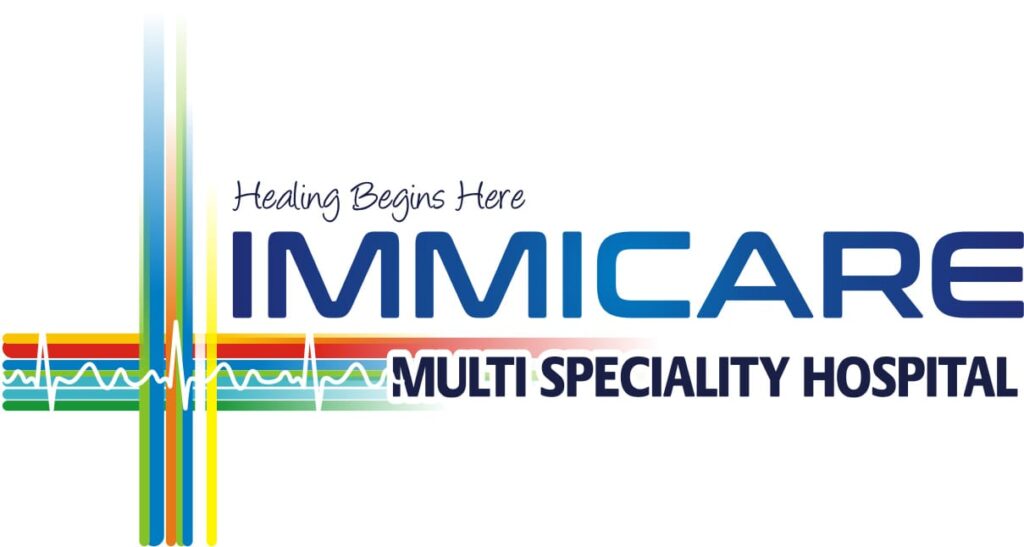Advanced Laparoscopy
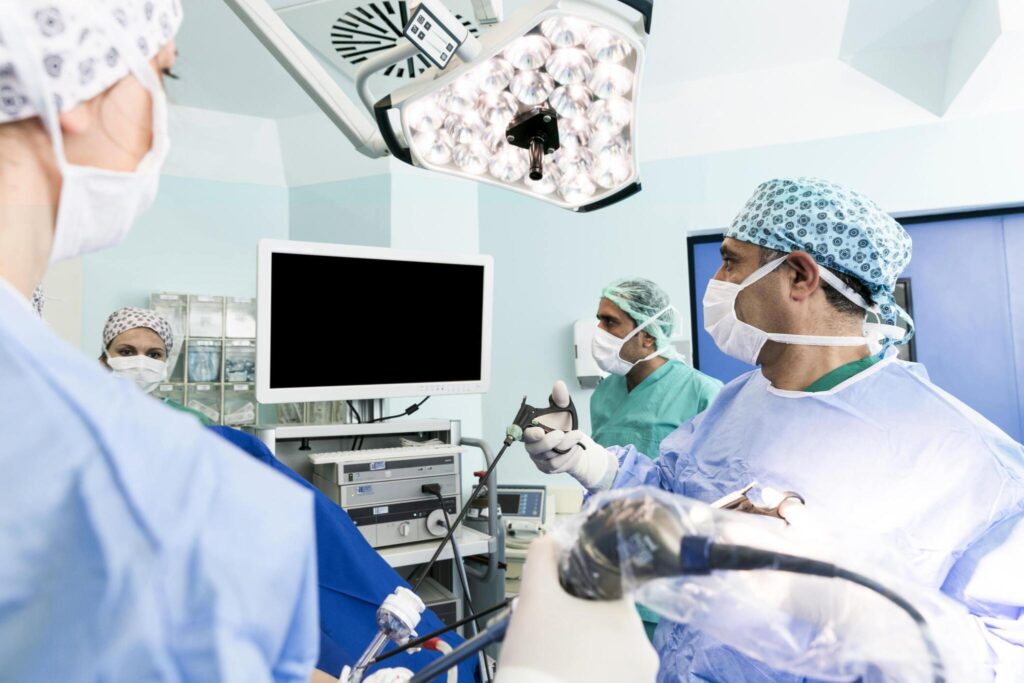
Advanced laparoscopic surgery, also known as minimally invasive surgery or keyhole surgery, involves using small incisions and specialized instruments to perform surgical procedures. Laparoscopy has evolved over the years, and advanced techniques offer several advantages compared to traditional open surgery. Here is some information on advanced laparoscopic surgery:
Procedure and Instruments:
Small Incisions: Instead of a large incision, laparoscopic surgery involves making several small incisions, typically ranging from 0.5 to 1.5 centimeters.
Trocar and Cannulas: Trocars are used to create access points for the insertion of specialized instruments and a camera (laparoscope) into the abdominal cavity.
Camera System (Laparoscope):
High-Resolution Imaging: Advanced laparoscopic procedures use high-definition cameras for clear visualization of the surgical site.
3D Imaging: Some systems incorporate three-dimensional imaging, providing depth perception to the surgeon.
Robot-Assisted Laparoscopy:
Robotic Systems: Advanced laparoscopic procedures can be performed using robotic-assisted systems, where the surgeon controls robotic arms equipped with surgical instruments.
Enhanced Precision: Robotic systems offer enhanced precision, dexterity, and the ability to perform complex maneuvers.
Challenges:
Training: Surgeons require specialized training to perform advanced laparoscopic procedures.
Equipment Cost: The initial setup cost for laparoscopic equipment, especially robotic systems, can be high.
Limitations:
Learning Curve: Surgeons may experience a learning curve when transitioning to laparoscopic techniques.
Not Suitable for All Cases: Some complex or emergency cases may still require traditional open surgery.
services offered
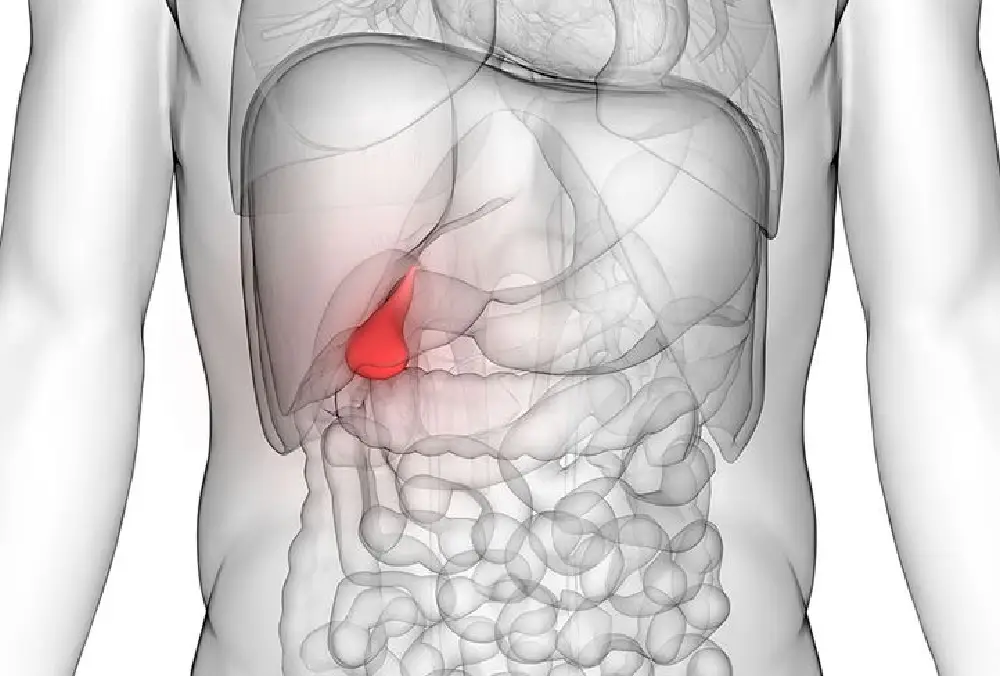
Cholecystectomy
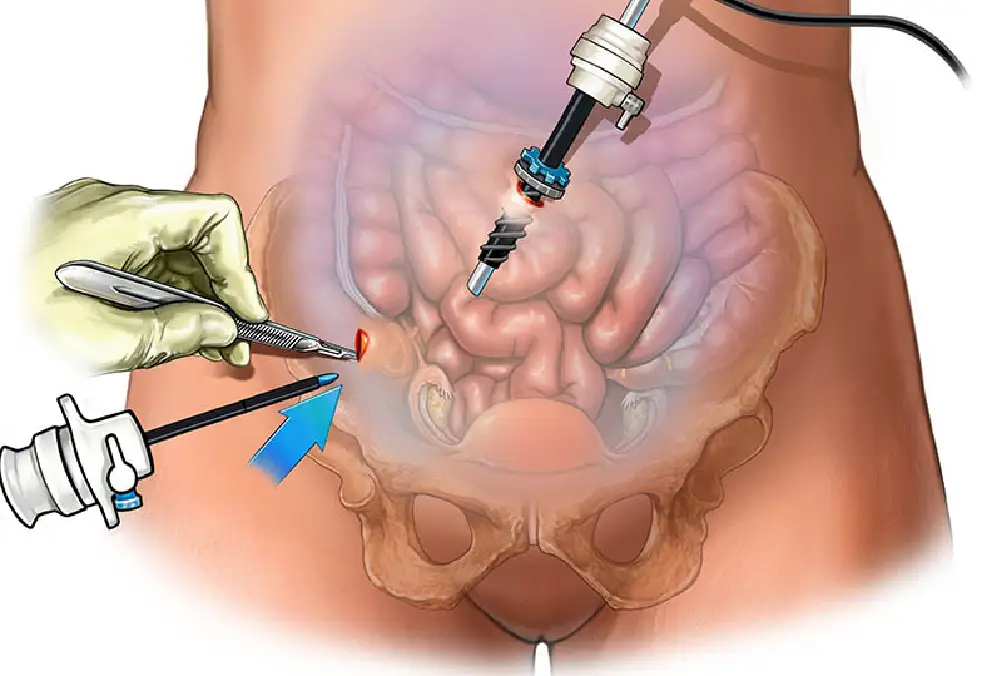
Diagnostic Laparoscopy
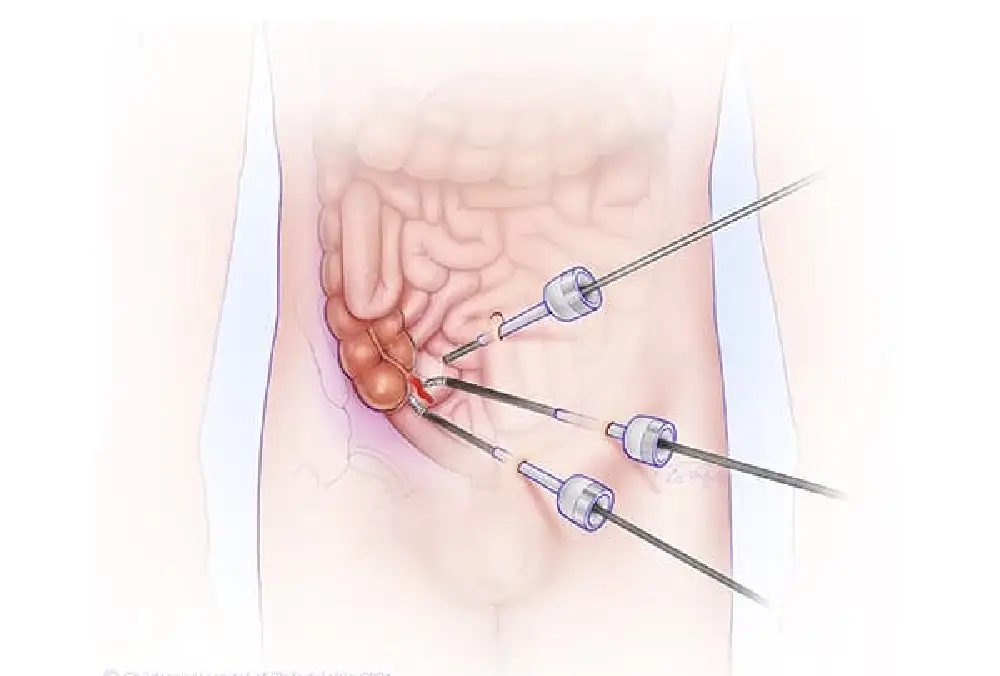
Appendectomy
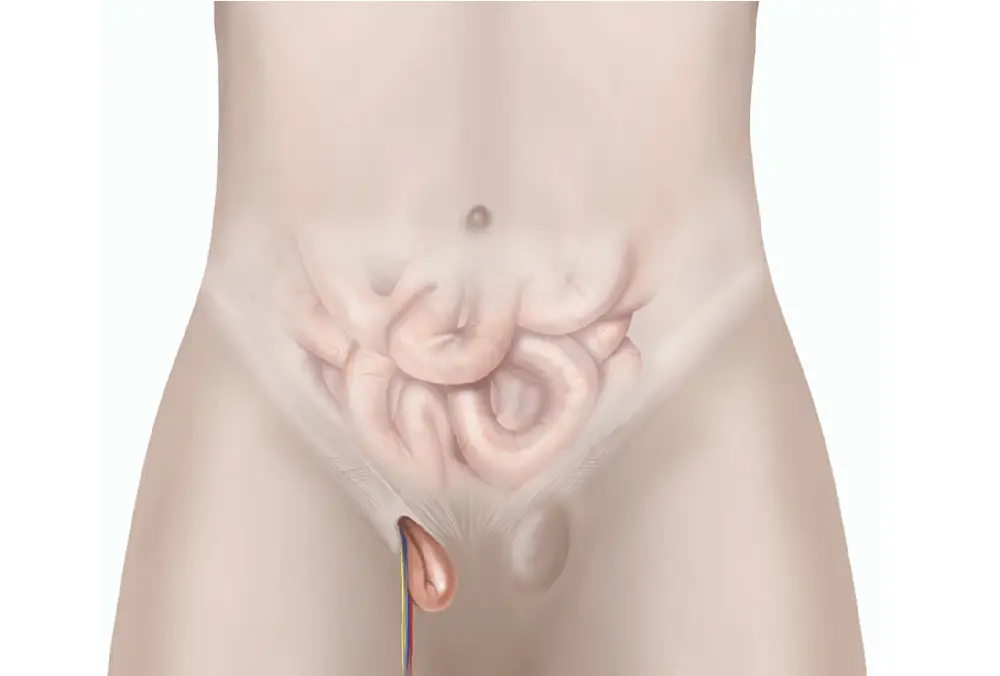
Inguinal Hernia Repair
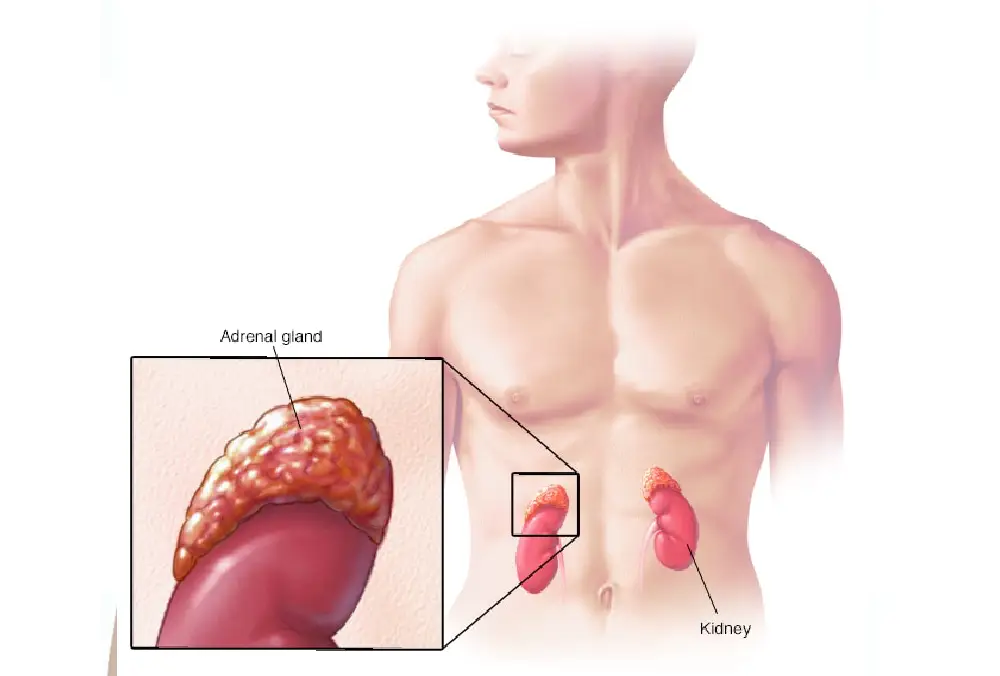
Adrenalectomy
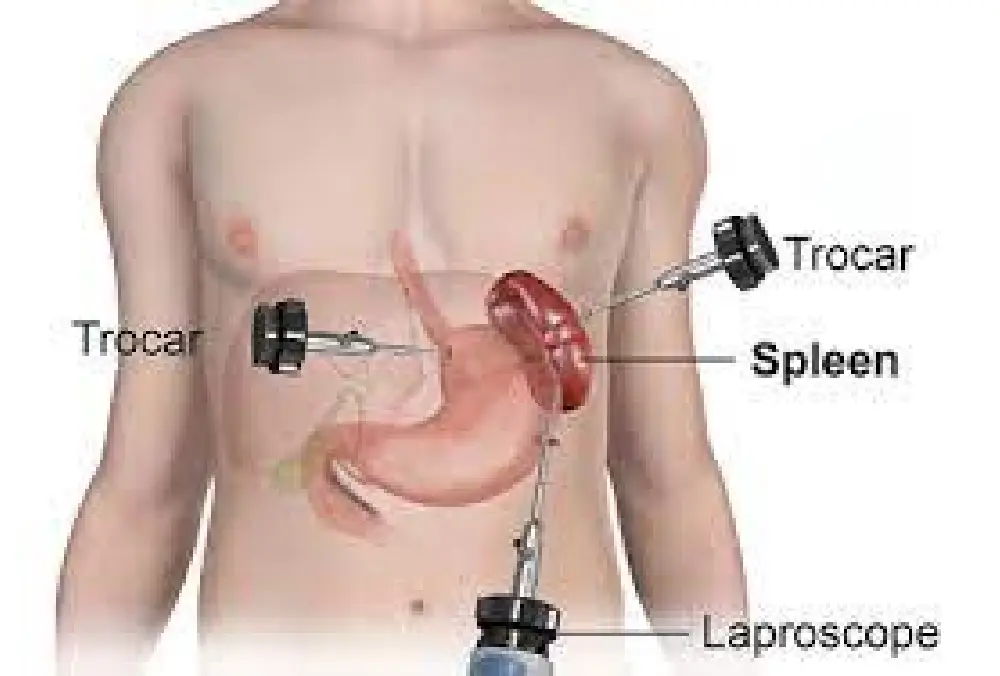
Splenectomy

Treatment of Hydrated Disease of the Liver
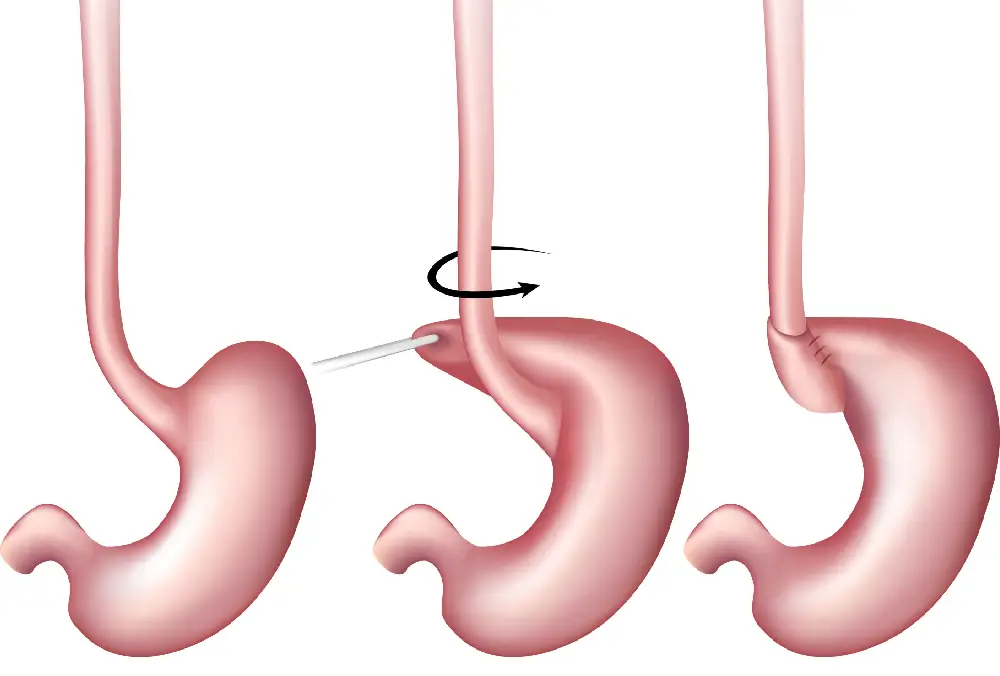
Fundoplication for Heart Burn

Cardiomyotomy for Achalasia Candia
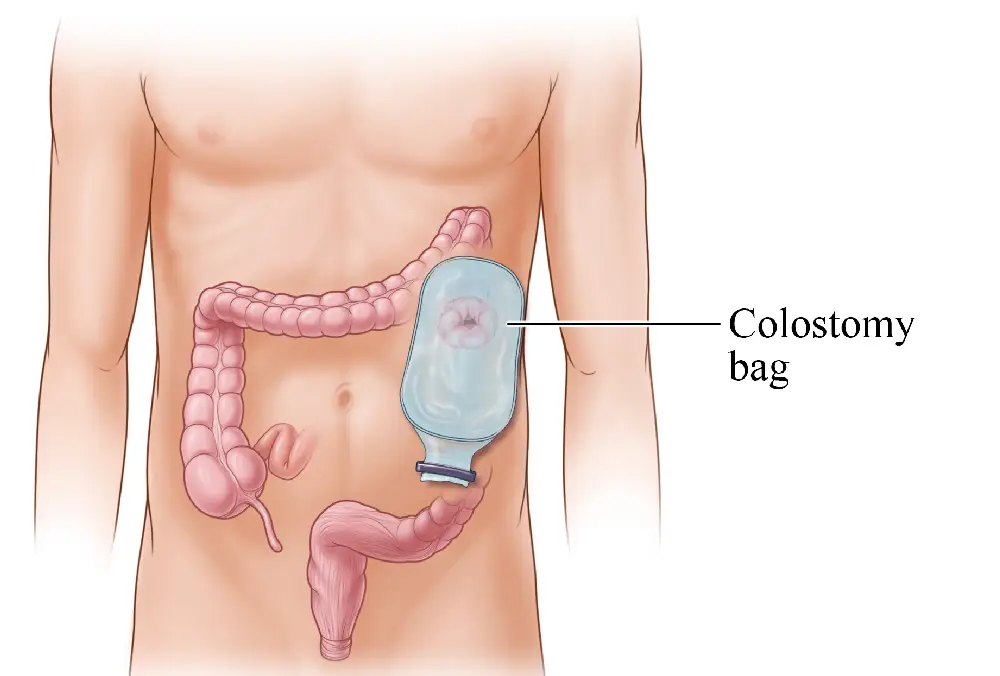
Colostomy
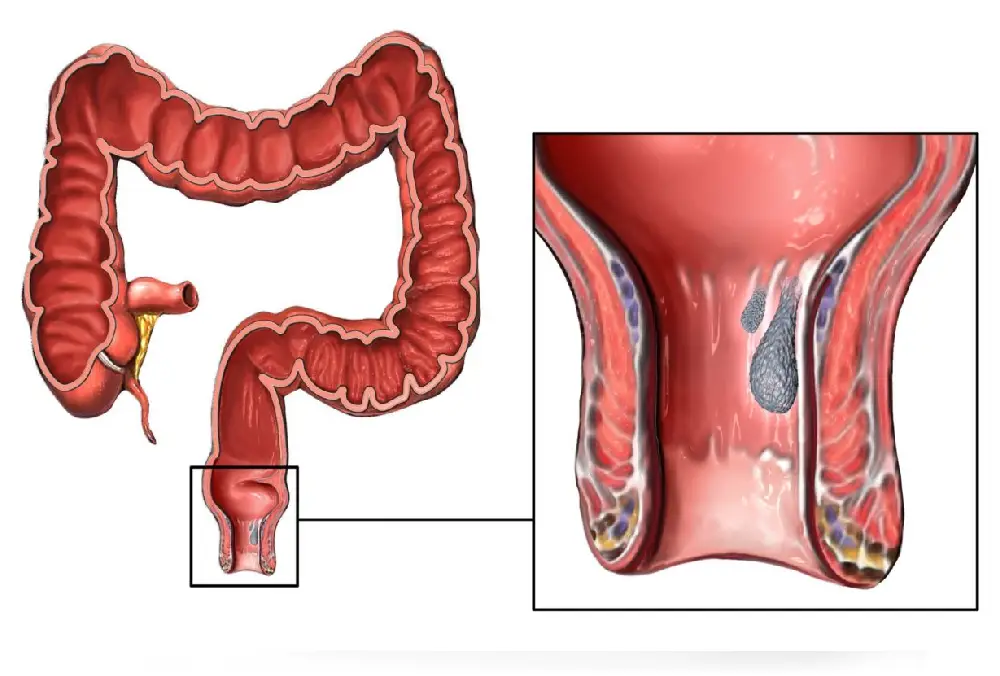
Rectopexy
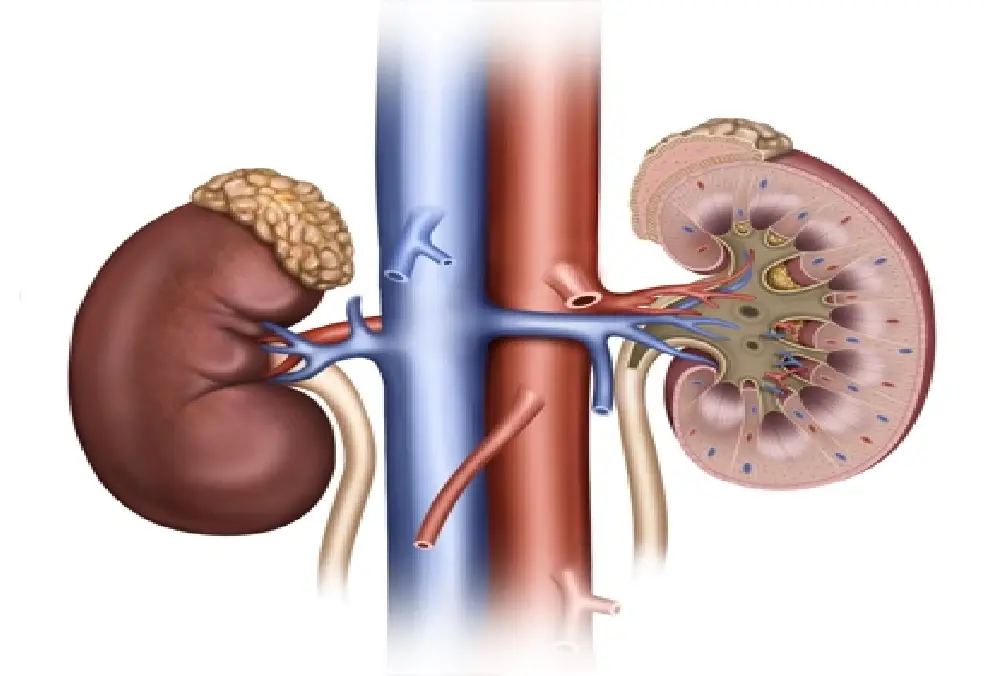
Nephrectomy
